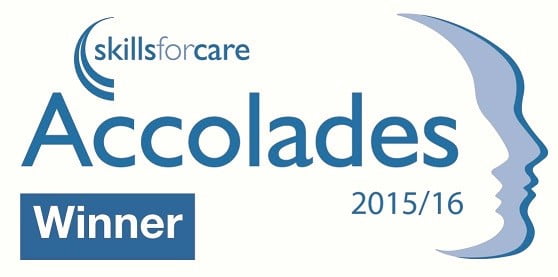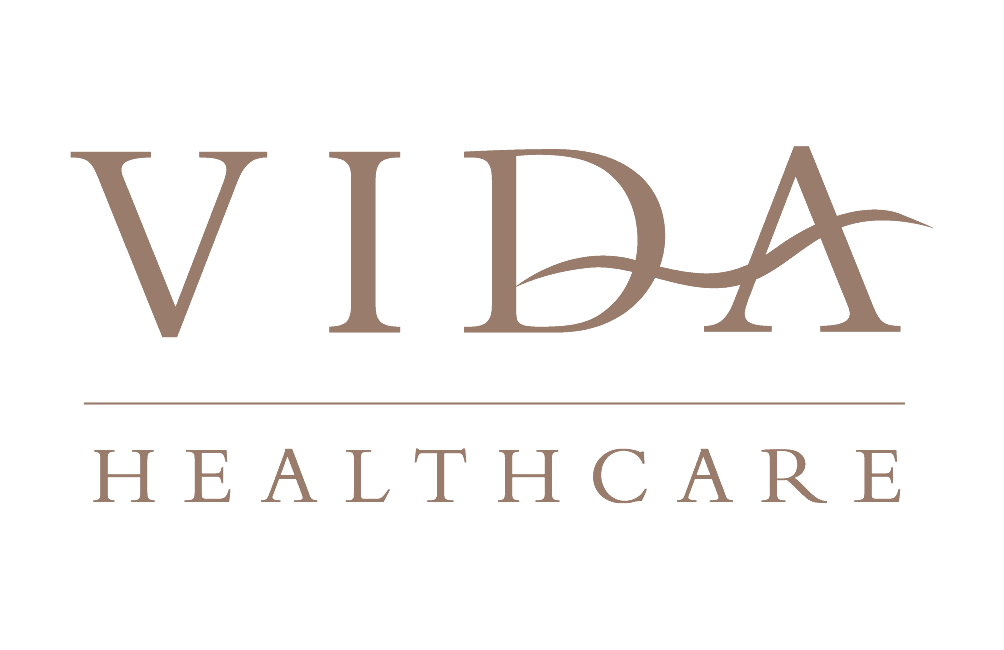Surveillance and Use of CCTV Policy
Policy Statement
This policy is written to describe the use of CCTV and similar electronic monitoring devices,
including auditory recording, in this care home, when used for surveillance purposes.
Surveillance is defined in Care Quality Commission (CQC) guidance (June 2015) as “the
monitoring of a place, person, group, or ongoing activity to gather information”.
The policy is written in line with CQC and Information Commissioner Office guidance and Codes
of Practice, and adopts the definitions and scope of the issues that can be found in these
documents. The relevant publications are:
• Information Commissioner Office: CCTV Code of Practice
• Information Commissioner Office: CCTV Guidance for Organisations (see www.ico.org.uk)
• Care Quality Commission: Using Surveillance. Information for Providers of Health and
Social Care (December 2014 updated June 2015) (see www.cqc.org.uk).
Data Protection Issues
The care home understands that visual images such as photographs and video recordings are
defined as data and are covered in the same way as written records by data protection
principles in organisations, where data protection laws apply. The home is covered by data
protection laws, including the General Data Protection Regulation, which means that the
guidance produced by the Information Commissioner’s Office on the use of CCTV and other
forms of surveillance will apply to this care home.
The care home recognises that it is providing a social service, which, in line with its registration
responsibilities, has a duty to make sure on the one hand that its residents are kept safe from
harm and on the other that its staff are not subject to undue harassment or pressures that
could impair the quality of the care and their welfare, which they provide.
Scope of a Surveillance Policy
CCTV surveillance equipment is installed for use in this care home in all public areas and (for
example lounges, kitchens and corridors). The primary purpose of the CCTV is to ensure the
welfare and safety of residents and staff. In addition to being useful for building security
purposes, CCTV may be used to review and identify the cause of a resident/staff fall or injury,
and in some cases, where allegations of misconduct are raised to the management team, CCTV
may be reviewed as part of an investigation.
The decision to use CCTV is compliant with the Health and Social Care Act 2008 (Regulated
Activities) Regulations 2014, ensuring that it will comply with the following regulations.
• Regulation 9: Person-centred Care, including recognition of residents’ rights to choose
their care arrangements.
• Regulation 10: Dignity and Respect, particularly where people are receiving intimate
personal care.
• Regulation 11: The Need for Consent, including the provisions under the Mental Capacity
Act 2005 for people unable to give their consent to specific decisions because of lack of
mental capacity.
• Regulation 12: Safe Care and Treatment, for example, where monitoring methods are used
to ensure that people are receiving safe care and treatment.
• Regulation 13: Safeguarding Residents from abuse and improper treatment, which is often
the main justification for the use of surveillance. However, surveillance could also be used
as a restrictive measure that meets the deprivation of liberty test and, if justifiable, would
need to be authorised under the Deprivation of Liberty Safeguards.
• Regulation 17: Good Governance, particularly in relation to record keeping and data
protection.
The home is aware that if it uses surveillance in any part of the home, the CQC will be checking
that it complies with the relevant regulations.
Code of Practice
Purposes
• The care home recognises that video recording can be a useful tool to help protect a
resident or staff member from harm and the risk of harm, to promote learning and
development and to improve the quality of care.
• The care home will always seek to establish the purpose of the use of the CCTV (which
might not always be directed at the care home’s staff, but a means, for example, of
checking on the resident herself or himself).
• The care home could agree to certain aspects of the care provided to be recorded (with
consent) for a specific purpose, eg for problem-solving or learning, where there are
benefits of recording the procedure for both resident and staff.
Permissions
• The care home will make all staff and residents aware of the use of CCTV in the care home.
• The care home will not agree to the routine recording of any intimate personal care that
invades the privacy of the resident and affronts their dignity.
• The care home will not seek to make use of any recording for its own internal monitoring
purposes without obtaining the permission of all those involved.
• Footage will not be routinely screened but will be reviewed in response to any issues
highlighted for which an explanation is not readily available without footage review.
Retention of records
• The care home will only store CCTV data for a period of 23 days, after which time it will be
erased.
Covert Surveillance
• The care home will not in principle agree to the use of covert surveillance of its staff by a
resident and/or their representatives, which implies lack of trust and confidence in both
individual staff and the care home. If it discovers that covert surveillance methods are
being used unilaterally and without adequate reasons it will discuss the implications on the
contract that has been made with the resident or representative, which could include
ending its services to that user.
• Under some circumstances and in line with CQC guidelines, it might accept the results of
covert recordings if they provide clear evidence of malpractice or misconduct on the part
of the staff member being recorded or to support a complaint.
• There might be some circumstances where the home itself might wish to install some form
of covert surveillance, where for example it has evidence of malpractice, eg night care staff
who sleep on duty or criminal acts, eg to catch suspected thieves. However, it would only
do this as a last resort after a full impact assessment and making sure that no resident’s
sense of dignity and privacy would be compromised.
• In exceptional circumstances where, for example, there is prior evidence of a care home
employee harming the resident in any way or putting the person at risk of harm or
engaging in any other kind of possible misconduct, it might agree with the resident /
representatives to staff behaviour being recorded covertly. The evidence obtained could
then be used to trigger the care home’s safeguarding procedures.
Restraints and Deprivation of Liberty
As described in CQC guidance “Using Surveillance”, the home recognises that devices are
available to track individuals’ movements that could be used to restrict their freedom of
movement and result in a deprivation of their liberty. The home would only ever use such
devices or consent to their use as last resorts and then only after all the necessary measures are
taken to make sure that their use is lawful.
Other Considerations
• The care home accepts that each situation should be treated differently and the
agreements reached will on an individual basis.
• The home also recognises that it might need to make its information in relation to CCTV or
other surveillance methods available for inspection by the Care Quality Commission.
Documentation and information
The following aspects will be fully documented and made available to the CQC inspectors as
required.
• An assessment of the need for surveillance, the reasons behind the idea and why CCTV or
similar would seem to be the best option out of the options available.
• A statement of the purpose, including specific goals and the outcomes sought from the use
of the preferred surveillance method.
• How the data is or will be kept secure.
• How people are informed, eg by signage that they might be subject to surveillance in
certain areas of the home.
• If covert surveillance is to be used, a statement of the over-riding reason for it and when
and how it can be minimised and discontinued at the first opportunity.
• The personnel responsible for the operating of the system, including the processing of the
information captured, their accountability and the systems for monitoring, reviewing and
auditing the surveillance process.
Data access requests
Staff members may make a data access request in relation to CCTV footage by contacting the
home manager or operations manager, stating the date and time of the footage they require
access to and also stating the reason for the access request.
Further information
Furter information in relation to the care home’s use of CCTV may be obtained from the home
manager or operations manager.
Version May 22
Review May 24
Registered by Care Quality Commission

The Outstanding Society

Caring UK Awards 2018 Shortlist

Dementia Forward

Great British Care Awards 2018 Regional Winner

Great British Care Awards 2019 Regional Winner

Skills For Care Accolades Winner 2015/16
